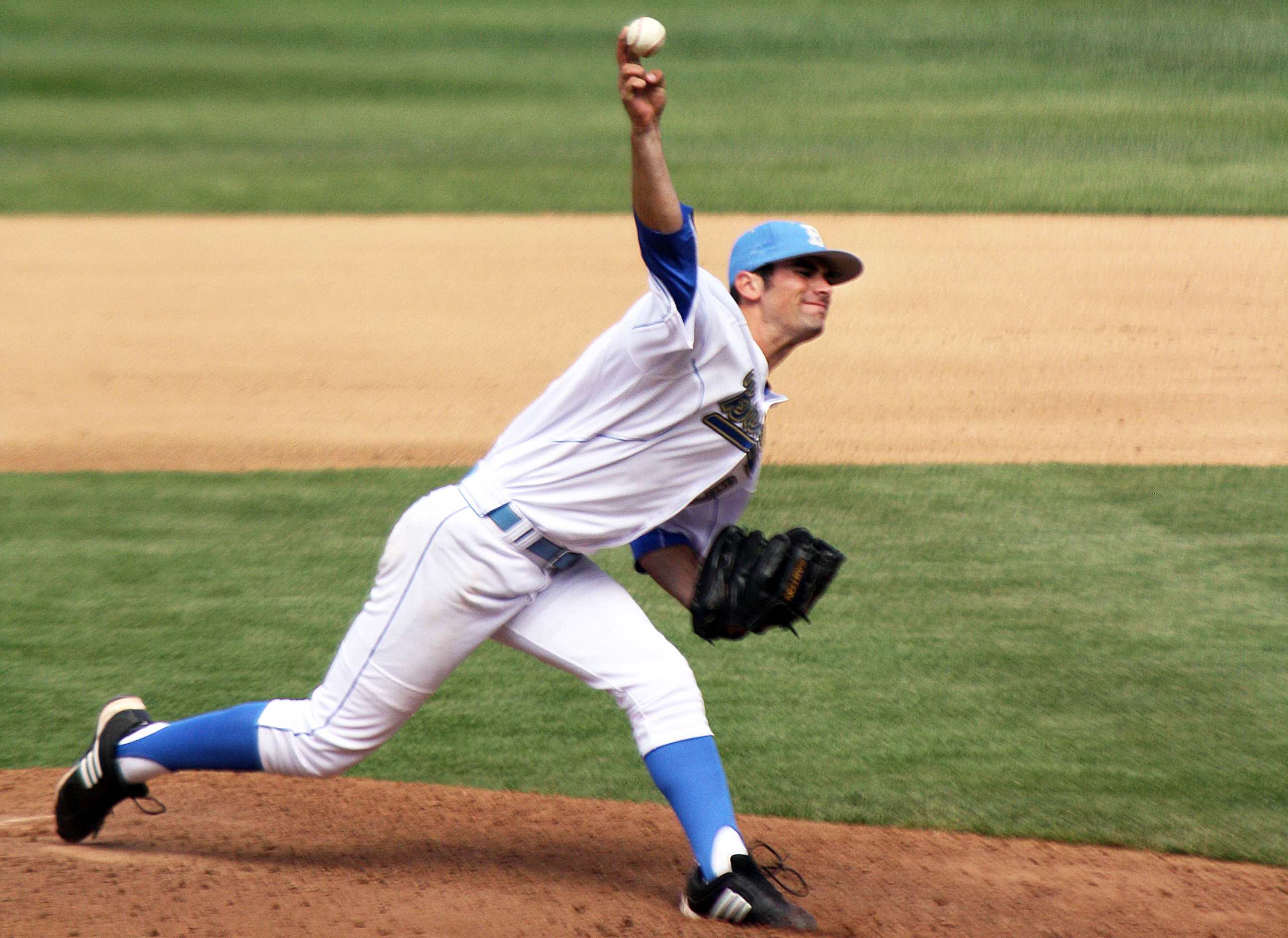Chas Tennis
G.O.A.T.
I have looked carefully at tennis videos of strokes for years and missed things in front of my face. Once these things are noticed, I always notice them after that.
Over the last year, I've been paying more attention to the orientation of the chest on the kick serve and noticed that the upperbody orientation was very different. I recently posted one of Toly's videos comparing a kick serve to a flat serve. It showed the difference of, say, the chest orientations and body tilt especially clearly. These images must have been seen many times before in separate videos and pictures but has it ever been noticed or discussed?
Of course, the issue of the variations of the upperbody orientations have to be studied for additional servers.
The thumbnail for this video shows the differences between the kick and flat serves. The frame at impact is a good time for comparisons of the chest and upperbody orientations and other angles.
Stosur's kick serve for comparison to Federer's. Note Stosur's head on side, the tilt of the arm, upper body tilt and chest orientation, racket shaft/face tilt at impact. Compare thumbnails to Federer's kick for similarity.
Some players like Stosur use the head on side technique and others like Federer do not.
There are not many pictures and videos from the side view so that the racket face is caught like these, one racket edge behind the other. That shows the racket tilt just before impact for the kick serve.
The point of this thread is to bring attention to the body orientation and other angles of the kick serve in comparison to the flat or slice serves. These angles show well from a certain camera side viewing angle.
How is the chest/ upper body of the kick serve orientated vs the flat and slice serves?
Over the last year, I've been paying more attention to the orientation of the chest on the kick serve and noticed that the upperbody orientation was very different. I recently posted one of Toly's videos comparing a kick serve to a flat serve. It showed the difference of, say, the chest orientations and body tilt especially clearly. These images must have been seen many times before in separate videos and pictures but has it ever been noticed or discussed?
Of course, the issue of the variations of the upperbody orientations have to be studied for additional servers.
The thumbnail for this video shows the differences between the kick and flat serves. The frame at impact is a good time for comparisons of the chest and upperbody orientations and other angles.
Stosur's kick serve for comparison to Federer's. Note Stosur's head on side, the tilt of the arm, upper body tilt and chest orientation, racket shaft/face tilt at impact. Compare thumbnails to Federer's kick for similarity.
Some players like Stosur use the head on side technique and others like Federer do not.
There are not many pictures and videos from the side view so that the racket face is caught like these, one racket edge behind the other. That shows the racket tilt just before impact for the kick serve.
IIlustration of the racket closed tilt for the kick serve. Toly processed videos.
The racket is caught so that one edge is behind the other edge and the kick serve closed tilt is clear. This, however, is when the ball is squished in the strings, so a before touch position would be better. (Just take a few extra 240 fps videos to catch the ball near touching the strings.)
This Federer serve was identified as a kick serve. The bounce to the right was not verified by a second camera.
Notice that both Federer's and Stosur's arm, racket shaft and racket face are all observed at a tilted angle from this special side camera view where one racket edge blocks the other.
The point of this thread is to bring attention to the body orientation and other angles of the kick serve in comparison to the flat or slice serves. These angles show well from a certain camera side viewing angle.
How is the chest/ upper body of the kick serve orientated vs the flat and slice serves?
Last edited:

